Vegetarian in Bolivia – Not a Missed Steak
“Being vegetarian is a big missed steak” said the waiter’s t-shirt as he spun around to our table, grinning at the wholly vegetarian dish he was serving me. Took me a second to crack up at the wordplay and two to raucously disagree as I dug into the awesomeness of my grilled-to-perfection dinner.
Barely a day into La Paz, I’d gotten used to puzzled-sympathetic looks (is there an emoticon for that?) from locals for being ‘beheteriano’, as if I’d just told them I’d renounced the material world in the hope of growing a halo. I’d been forewarned by well-meaning and well-fed Latin American friends that being vegetarian in any part of their continent was a bad idea at best and a call for starvation at worst. A dietary handicap that would hugely limit one’s travels. My experience, however, was quite the contrary. To any viewpoint that pities vegetarians their fifty shades of green and questions their survival quotient in a carnivorous continent, I would say the proof of the pudding, or in this case the Chiaro (a traditional Bolivian vegetarian soup), is in the eating. And eat I did, over the course of two weeks in Bolivia. Vegetable soups with herbs and yucca roots, potatoes in various forms, vegetarian saltenas (the samosa’s Bolivian cousin), rice with vegetables and corn, pasta, fruits and frequent enough hot chocolate were my main sustenance. The food wasn’t anywhere as spicy as I’m accustomed to, but the uphill walking always worked up an appetite and made me grateful for every vegetarian meal I could find. As the old Spanish saying goes – A pan de quince dias, hambre de tres semanas – For a good appetite, there is no hard bread.
Given the setting – a ravenously non-vegetarian restaurant called The Steakhouse – that t-shirt did have a point. Up to a point. Beyond which, as I discovered, being vegetarian can be just as wholesome and fun as the meanest steak in the steakhouse, if not more. As a former non-vegetarian, I could have well slipped back into my old carnivorous ways and dug into all the meat that was available everywhere, but convenience and predictability hardly make for an authentic adventure. For anyone with as much of an appetite for adventure as for food, there is an extra dash of the former to be relished as a vegetarian – having to hunt for food, explore unassuming eateries tucked away from mainstream touristy haunts in a new country using newly acquired language skills. And generally living on more optimism than certainty about the whereabouts and ingredients of your next meal in a meat-centric land. Precisely because it isn’t the norm in this part of the world, a vegetarian appetite has a way of spicing things up way beyond one’s plate. My curiously herbivorous food-hunting took me to parts and people of the city I presumably wouldn’t have wandered into, if the usual and ubiquitous non-vegetarian fare was the answer to my hunger and tastes. Those unassuming eateries where Google’s cartographers may never drop a pin. Where the food is the draw, not the ratings or the wifi. Such as this almuerzo (local-run lunch place), where I saw locals of various sizes digging into huge cobs of corn with rice and vegetables. About four blocks and as many decades behind the city’s dynamic centre, it occupied an unassuming corner at the start of Calle Jaen. With wide doors and a quiet chatter, it had a vibe as non-touristy and warm as its baked potatoes, dissuading me from inflicting a camera on its insides.
As a compulsively impulsive explorer-on-foot, I set out everyday with no list of vegetarian restaurants or Happy Cow (http://www.happycow.net) recommendations to guide me to my next assuredly vegetarian meal. Where ‘vegetarian’ didn’t just mean ‘minus red meat, give or take a fish or a scallop’. And with more than enough basic Spanish to say ‘Soy Beheteriano’ (I’m a vegetarian) – which makes enough sense, except that here ‘vegetarian’ means various things, depending on who you ask, and there’s a general mistrust in the idea that anyone can survive on ‘only’ vegetables. But despite a plan that revolved around ‘winging it’, ‘going with the flow’, ‘seeing what happens’ or some such light-headed variant sprinkled with hopes of serendipity, I got by just as fine, if not better, than those on the other side of the fork.
My first stop on my first morning in La Paz turned out to be Cafe Sol y Luna, pulled in by Michael Jackson (his music, not his ghost). This Dutch-run hangout with its international music and cuisine is not exactly the true Bolivian experience but it gave me a slice of familiarity in the midst of all the newness. As I stood at a three-lane intersection trying to pick a lane, the catchy strains of Thriller had me at the first verse, and by the second, I was indoors, warm, and taking in the cozy-meets-cheerful decor of the place. The menu lived up to this beginning, with three thoughtfully printed carrots against every vegetarian item, and there were many of these. While their $5 Gado-gado (an Indonesian dish made of boiled vegetables with soya and rice and topped with peanut sauce, served with tofu or a boiled egg) was delectable, their hot chocolate was from heaven. I came back for more towards the end of the trip.
And this, Star of India, was the Indian restaurant I’d obliviously passed by that morning, and discovered a week later thanks to my Spanish teacher. They claim to have the world’s spiciest vindaloo, which I resisted trying, thanks to a sense of consequence that I have acquired over the years.
Not another Indian in sight the entire trip, but where there’s an Indian, there’s an Indian restaurant.
A few days later, in the world’s highest city, Potosi, the lunch menu got a little lost in translation at 4,090 m, and took its tortillas to a whole new level of non-vegetarianism.
Father’s Day should be fun here
You know its been a well-enjoyed meal when the conversation at the table lingers beyond the last bites and empty plates, and nobody’s in any rush to leave. They have a word for this in Spanish – sombremesa.
My fellow travellers made for quite a picture of sombremesa at this restaurant in Sucre, after a breakfast of saltenas.
In the two weeks comprising many uphill scrambles in thin air, three day-long drives out of civilization, a few basic hotels for a night’s rest, and just loads of walking everyday, being well-fed was imperative. In Sucre, one of those long walks led to the local food market (Mercado Central) with loads of fresh produce, dried legumes and freshly squeezed juices for every imaginable ailment. This particular corner had 300 varieties of potatoes. That’s a few more than I can sample in one lifetime. Bolivians clearly love and live by their potatoes and if you called someone a couch potato here they’d probably be flattered with the comparison. Or maybe not.
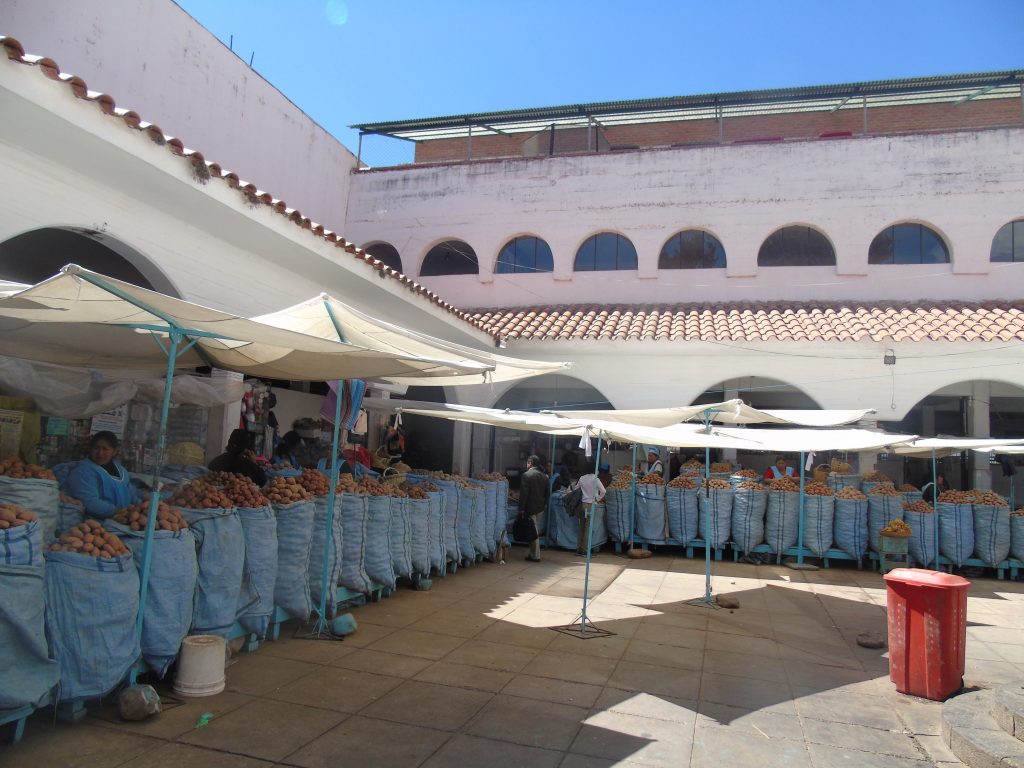 Potato heaven, at Mercado Central, Sucre
Potato heaven, at Mercado Central, Sucre
And more than a few fruits and veggies… a vegetarian budget shopper’s dream
Easy on the pocket, light on the stomach, no wonder they look happy 😛
And when I felt like I’d had enough of eating healthy…
Caliente Amor (Hot Love) strawberries with rum and ice cream at El Fogon, Potosi. Took three of us to get to the strawberries finally.
And Chuflay, pronounced quite aptly as ‘to fly’, a traditional Bolivian mixed drink made of Singani (brandy produced only in the Bolivian Andes and considered Bolivia’s national liquor) and ginger ale, garnished with a slice of lime. A Bolivian favourite, and an unusually refreshing alcoholic drink that doesn’t give you a hangover. I’d drink to that!
And just like that, between Chiaro and Chuflay, two vegetarian weeks flew by. Glad to have missed the steak and discovered a whole other side of this quirky country instead.
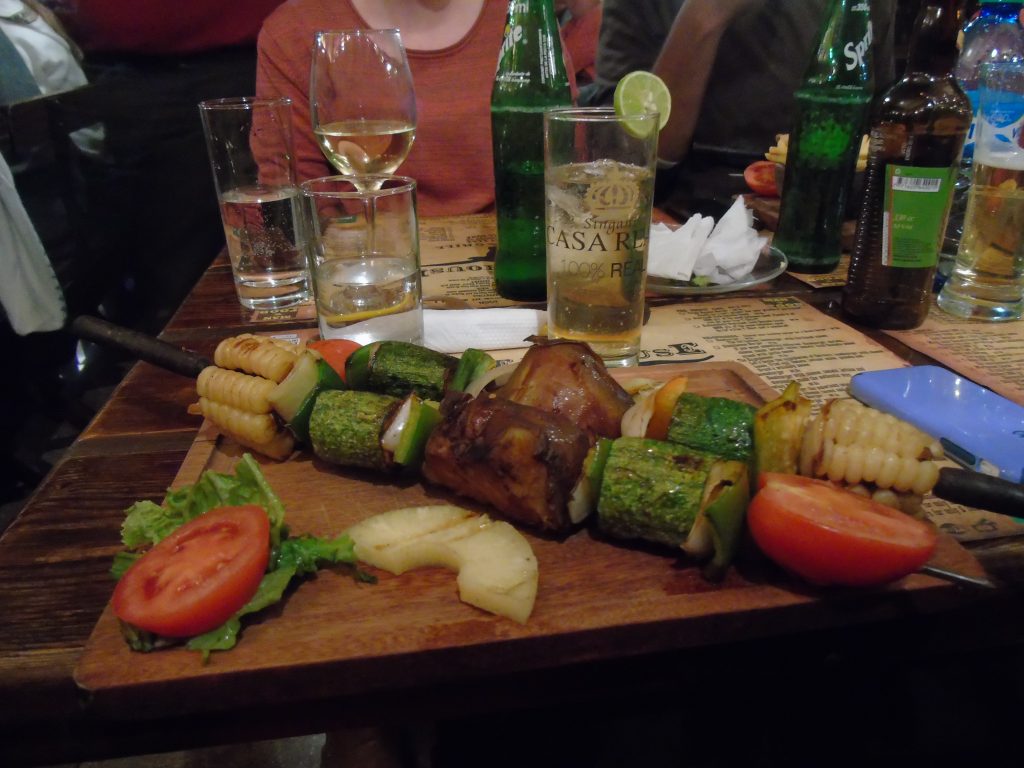

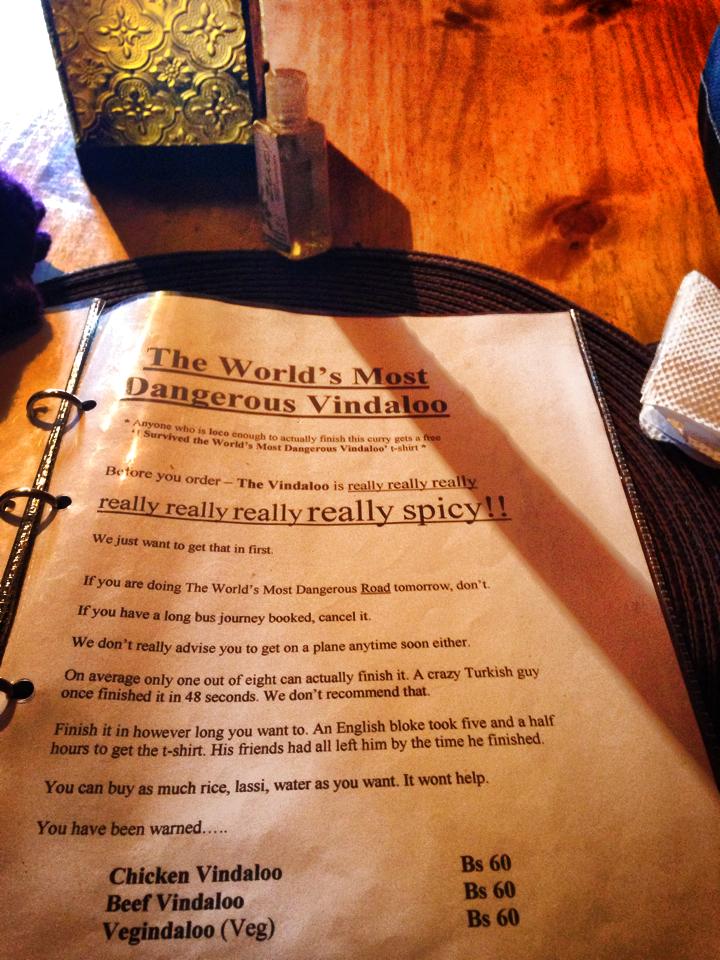
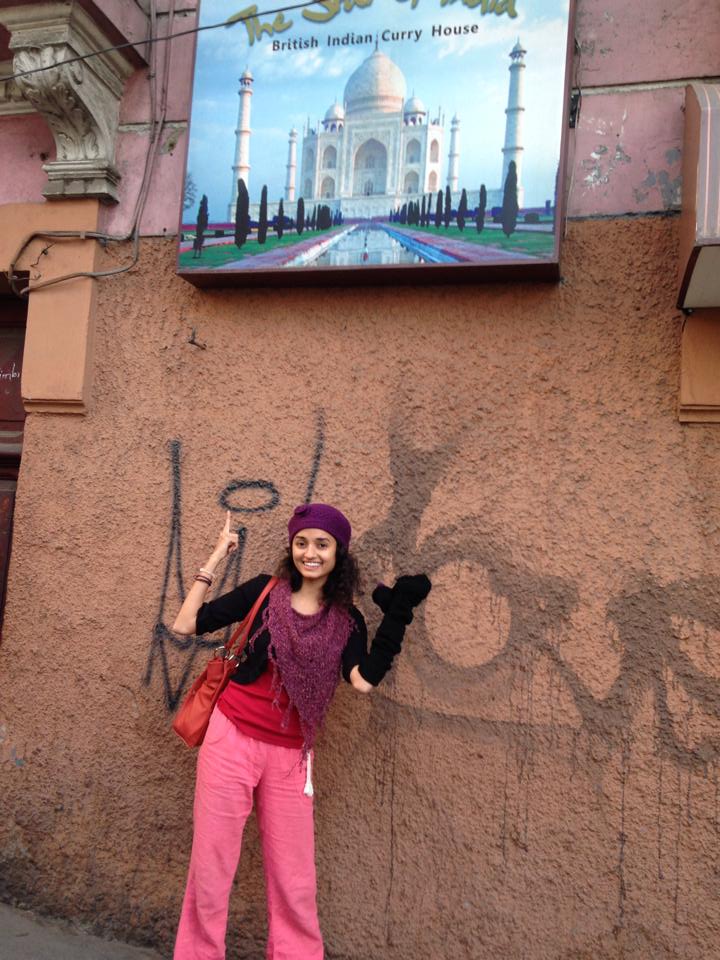


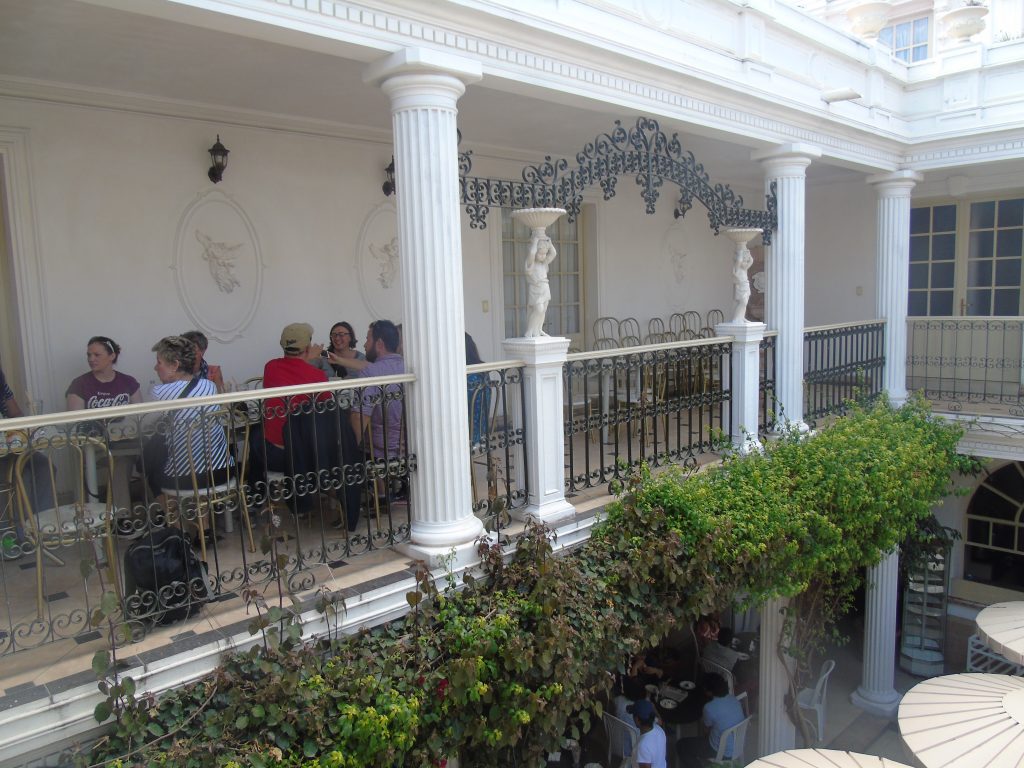

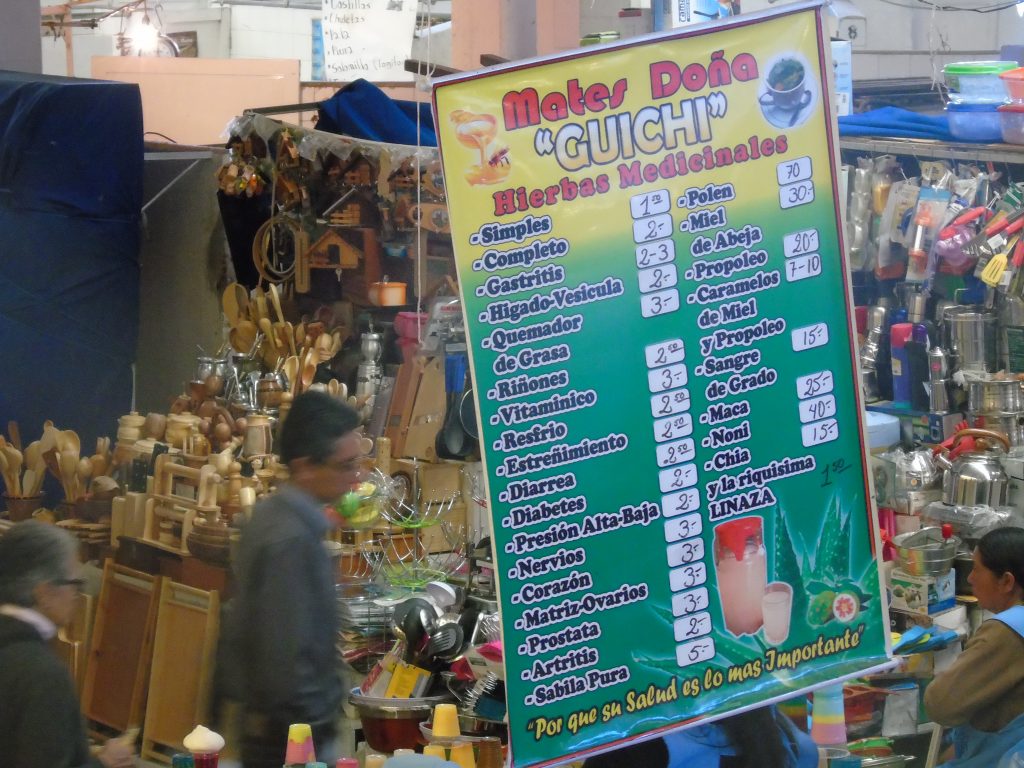
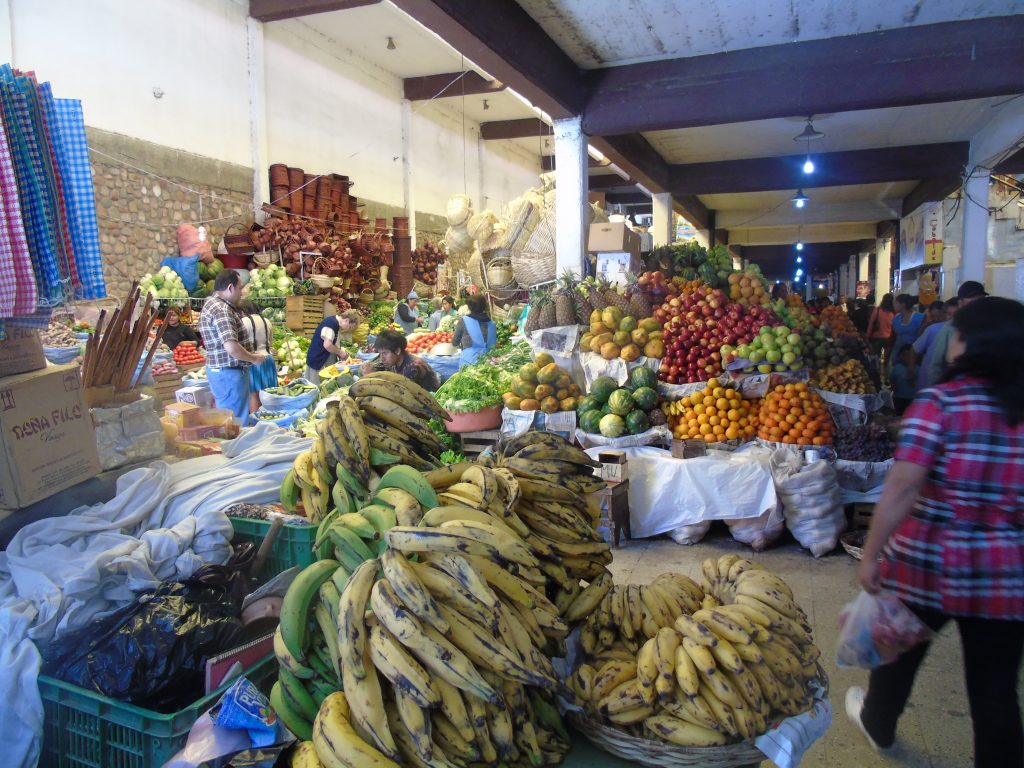
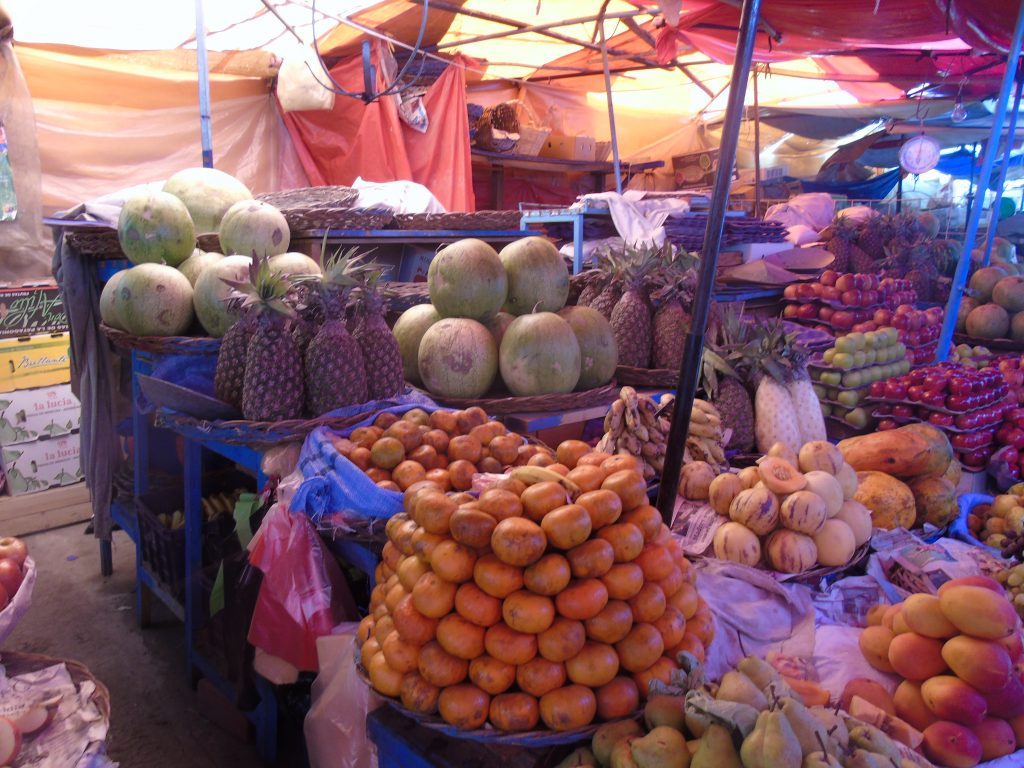
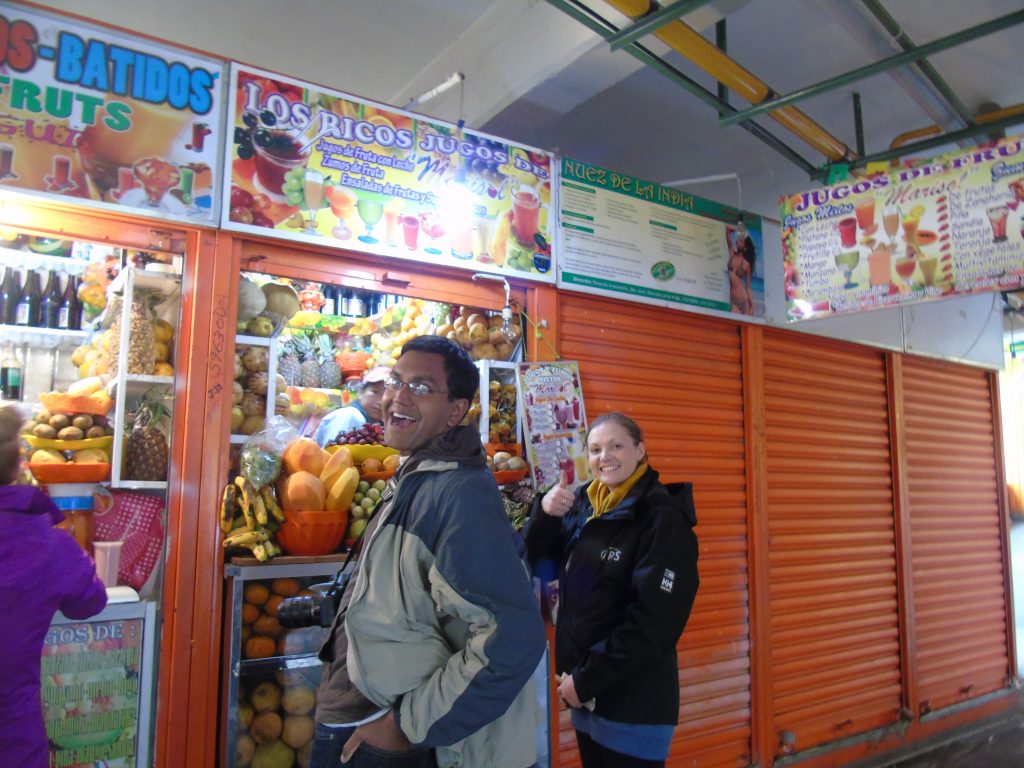

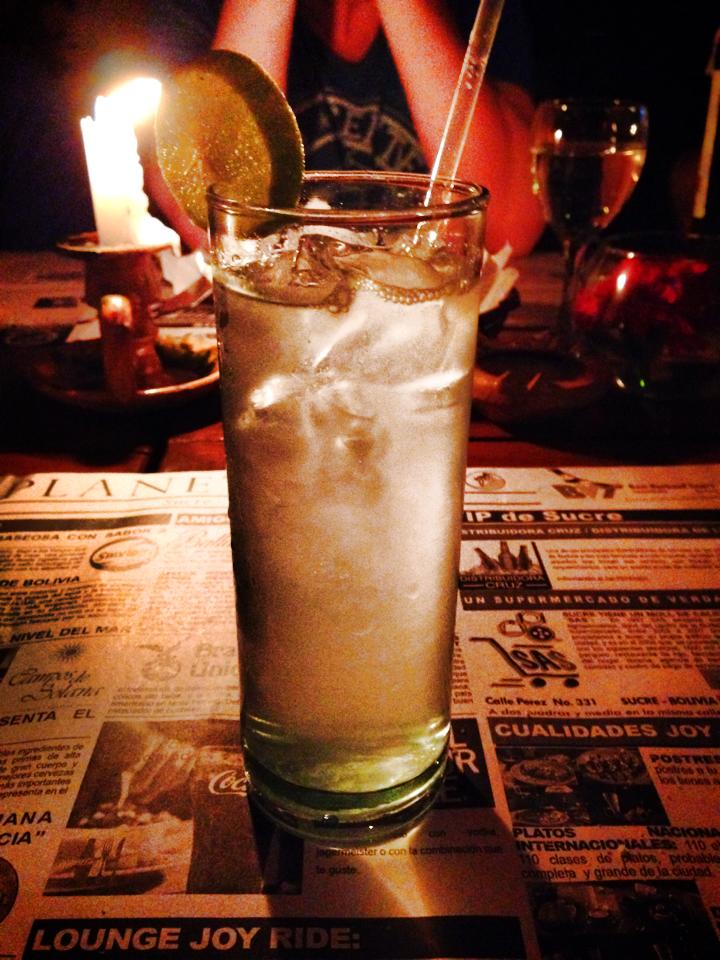


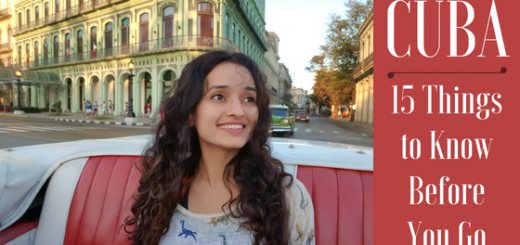


Your blog reminds me of saying to the tourists who are vegetarians in Bengal that they will miss out many delicious tastes of this foody city of kolkata bcoz we bongs are fish lovers and we have a lot of fish recipes. I hope you have a complete control on your mind of not losing it for a single moment in Bolivia. Since you are a language lover like me, so I would like to share some interesting facts. Spanish & English are false friends and so when we translate some sentence or words literary, we get different meanings than what it is supposed to be. For example– you have mentioned the Father’s day recipe that sounds funny but here “papa” means potato. Latin American countries have some local terms that survived for so many centuries after the conquest of Spanish explorer. Anyway I hope you had an adventurous journey in Bolivia as it is a place of excitement. I hope to read some more thrilling experience of your journey in the land of Nuestra Señora de La Paz